DREAM6800 (1978)
# CPU
- Motorola MC6800. Not as famous as the 6502 but still ubiquitous. Could be pulled out of old arcade machines.
- Clock: MC6875 with 4.00 MHz crystal.
- Base: 4K.
- Expansion: to 32K
# ROM
- CHIP-8 interpreter/monitor: 1K.
- @ $0200
# Display
- 64 x 32 dot matrix;
- Each dot is 4 TV lines square;
- Uses 256 bytes of RAM at location $0100 for refresh by DMA.
- Video output: 1Vp-p @ 75 ohm.

 Blair Vidakovich
Blair Vidakovich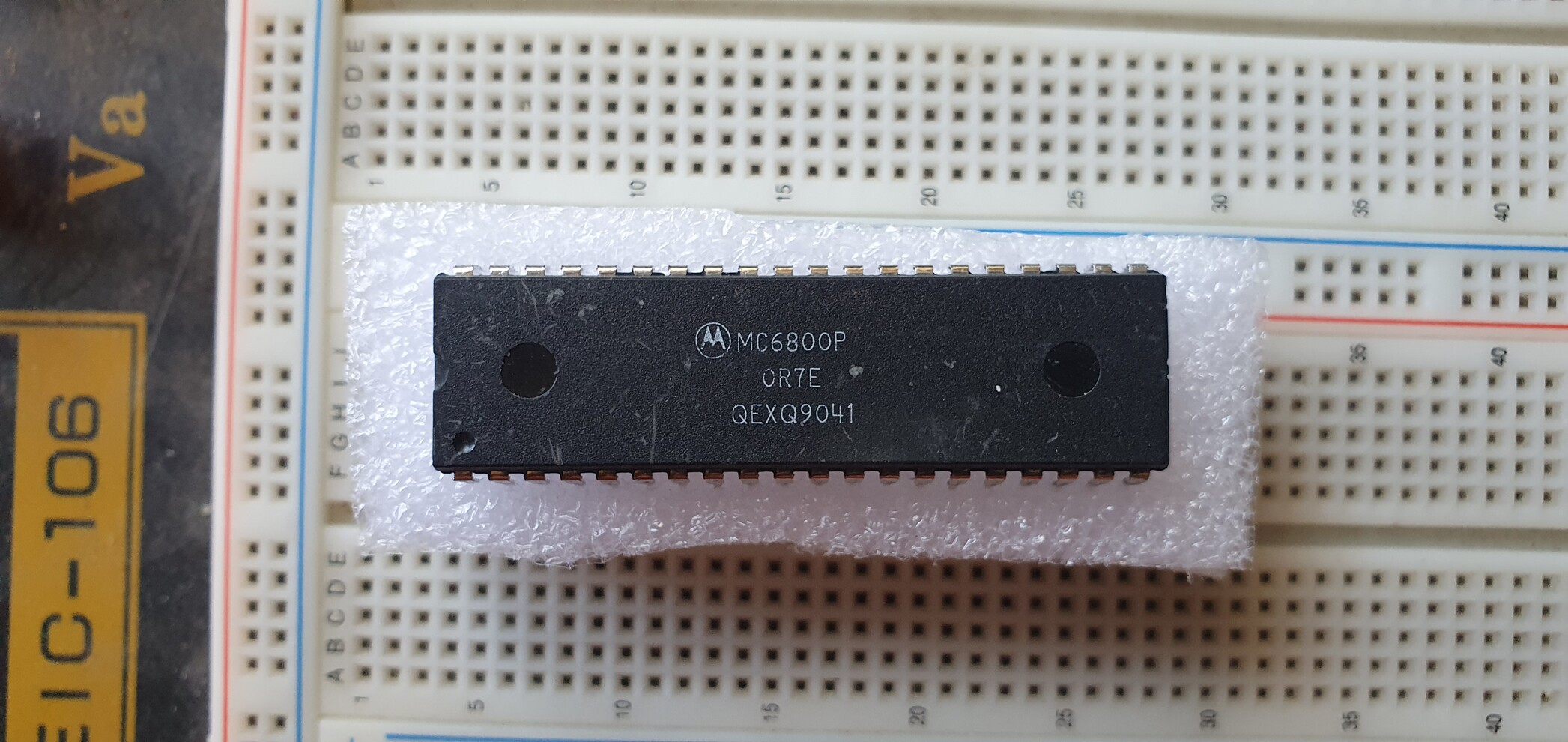

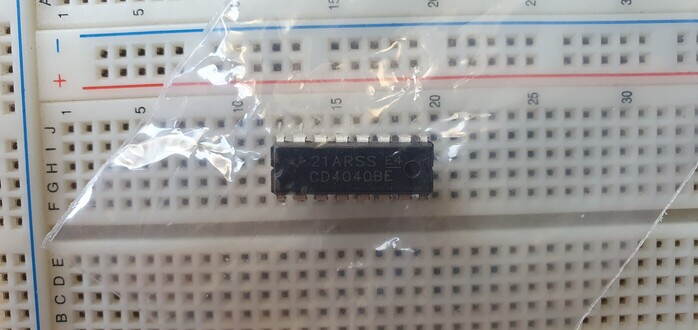
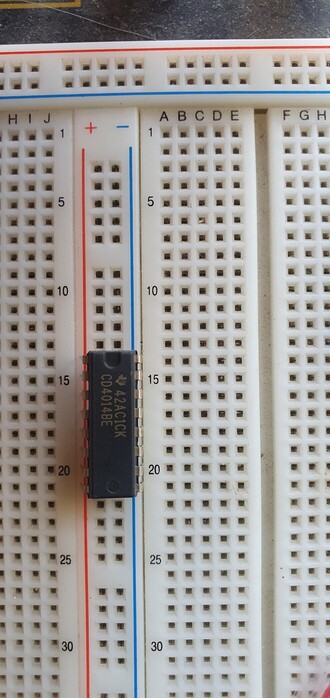
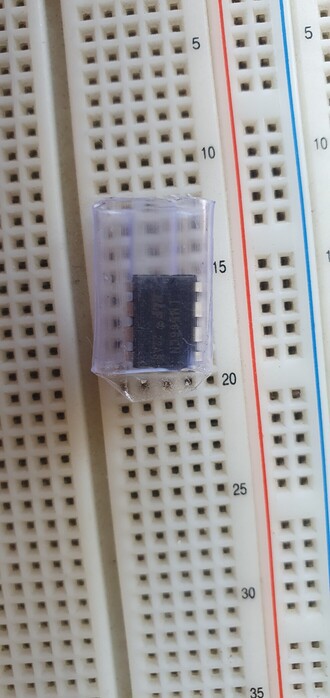
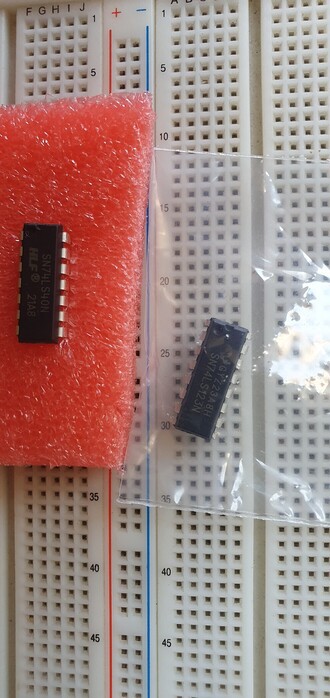
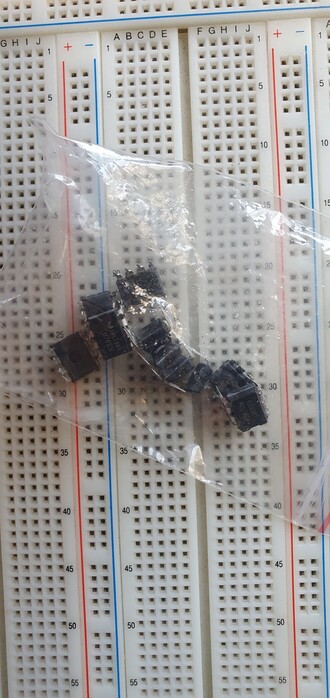
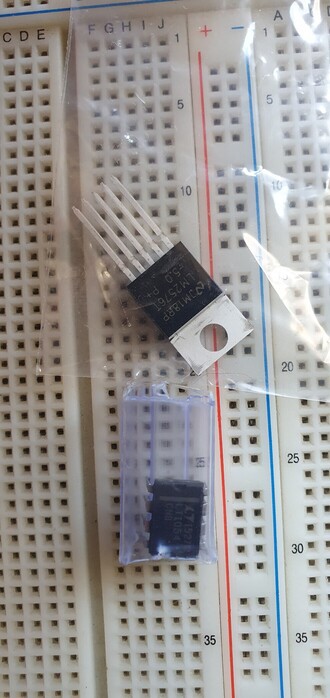
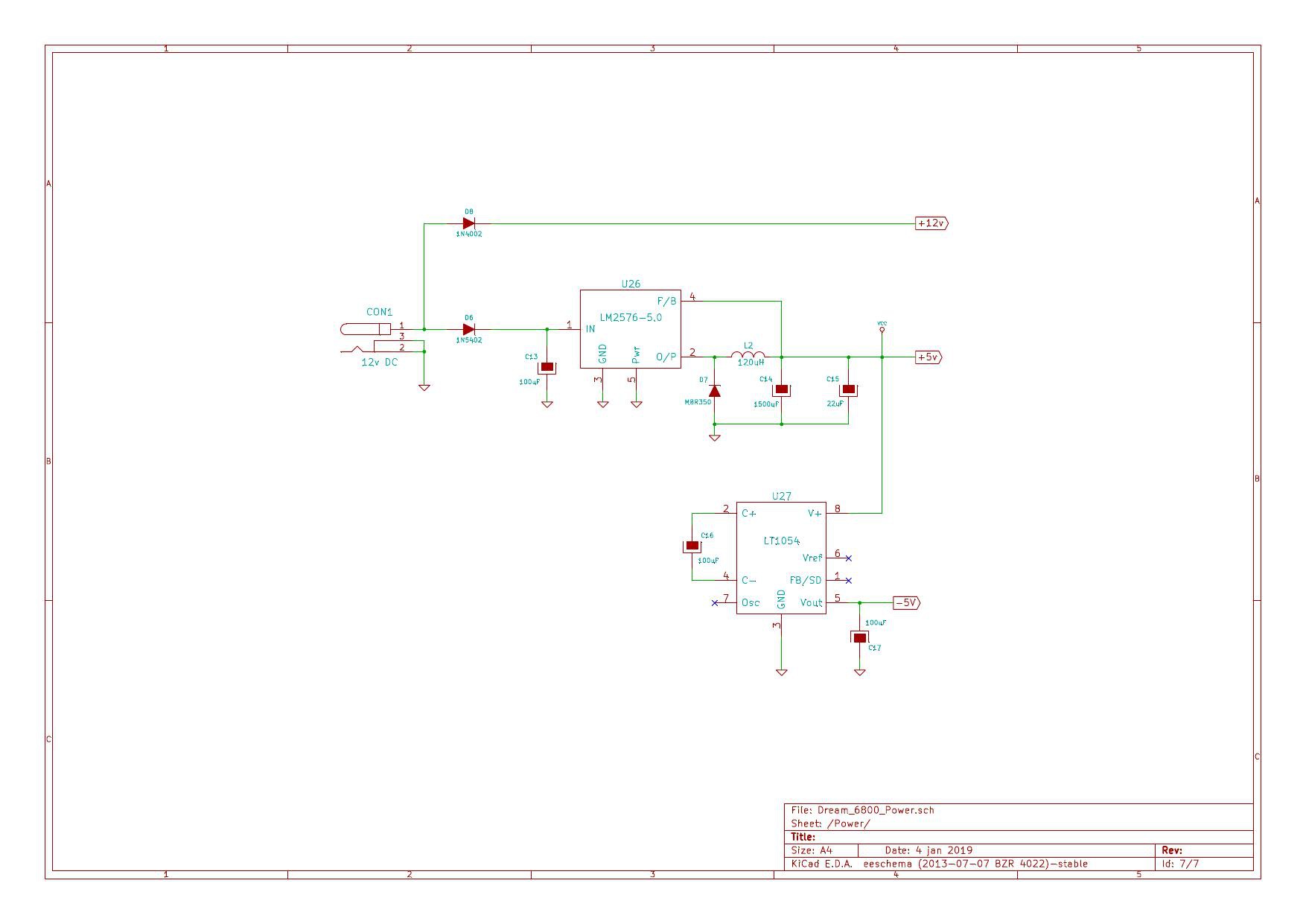

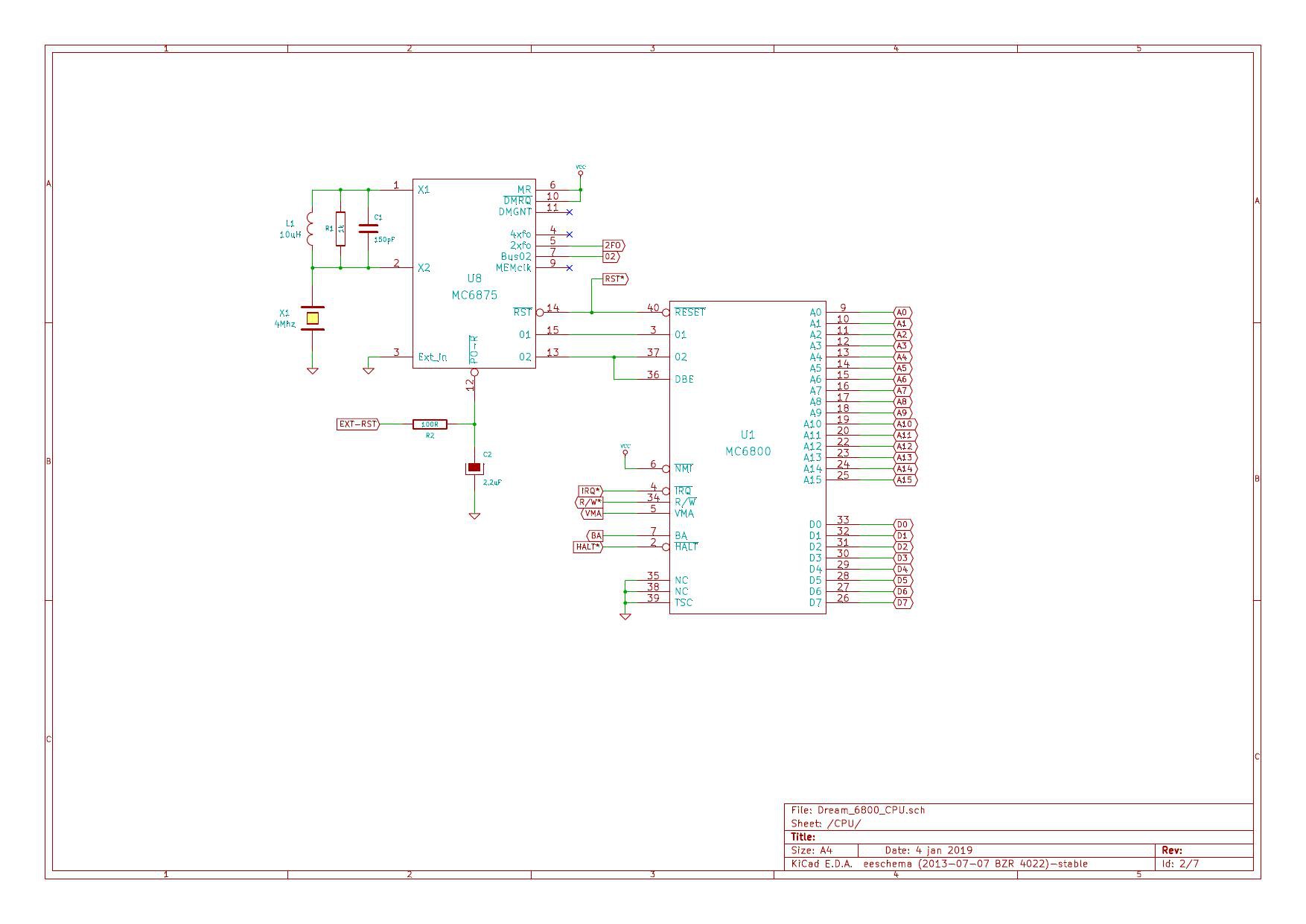
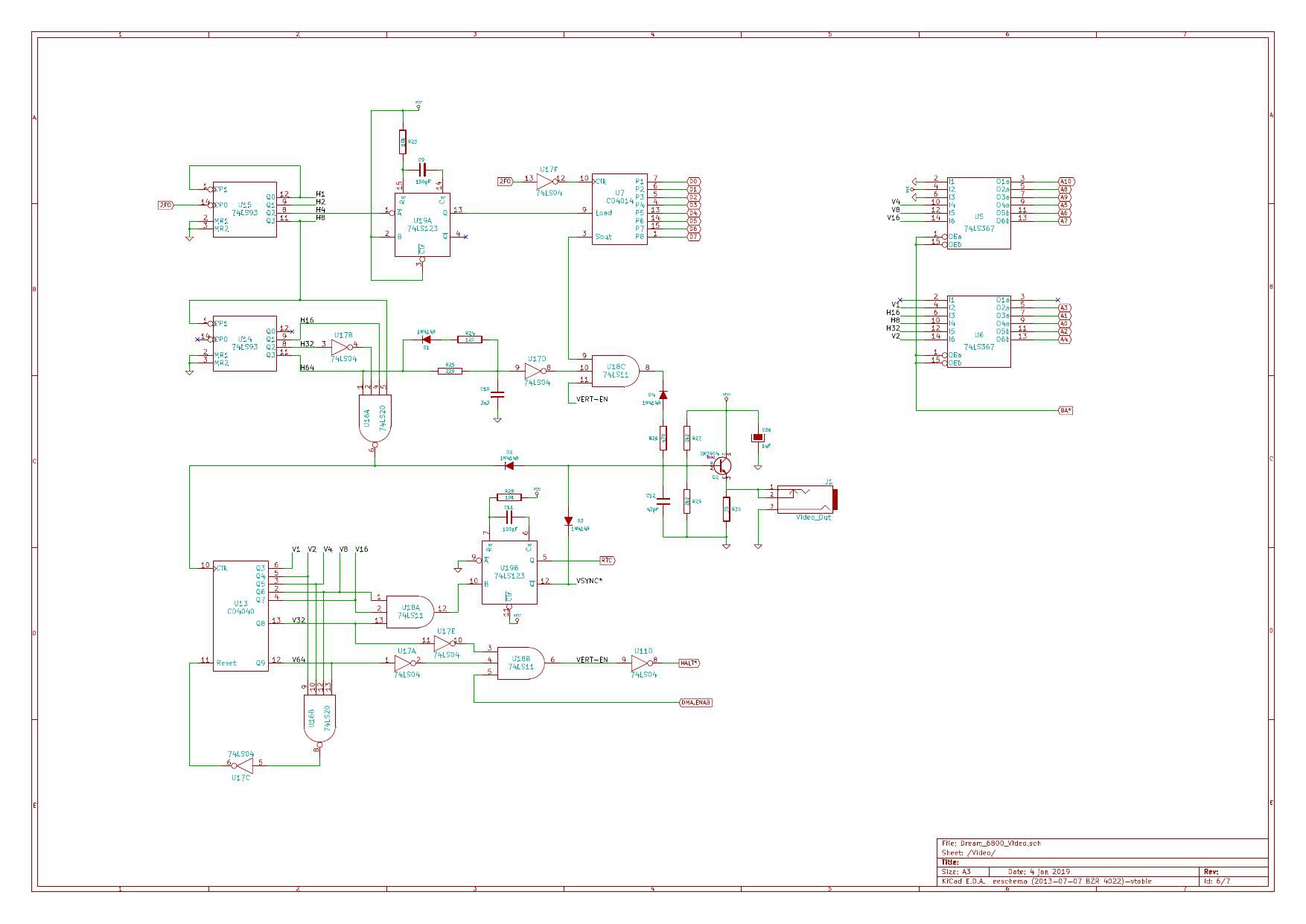
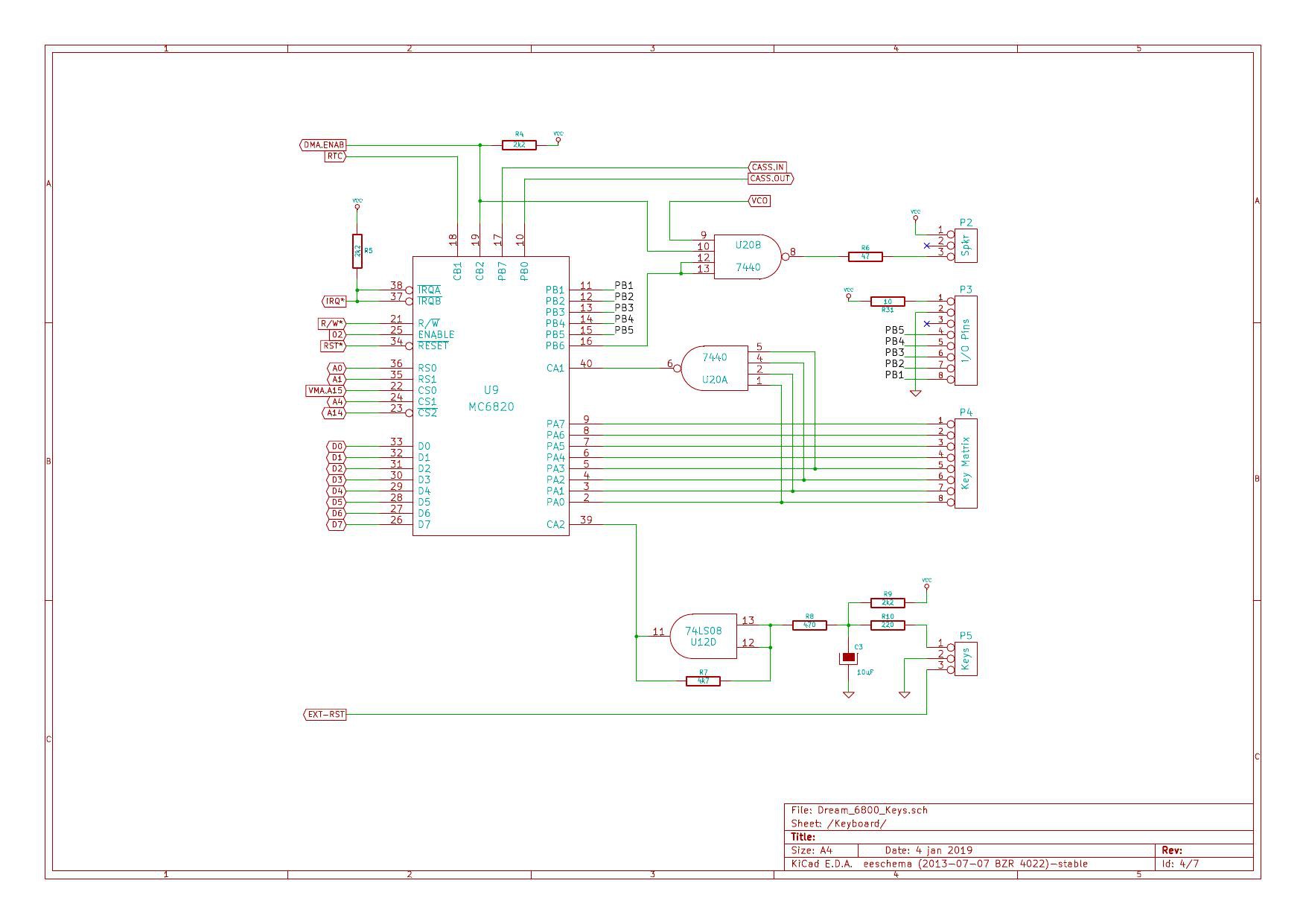
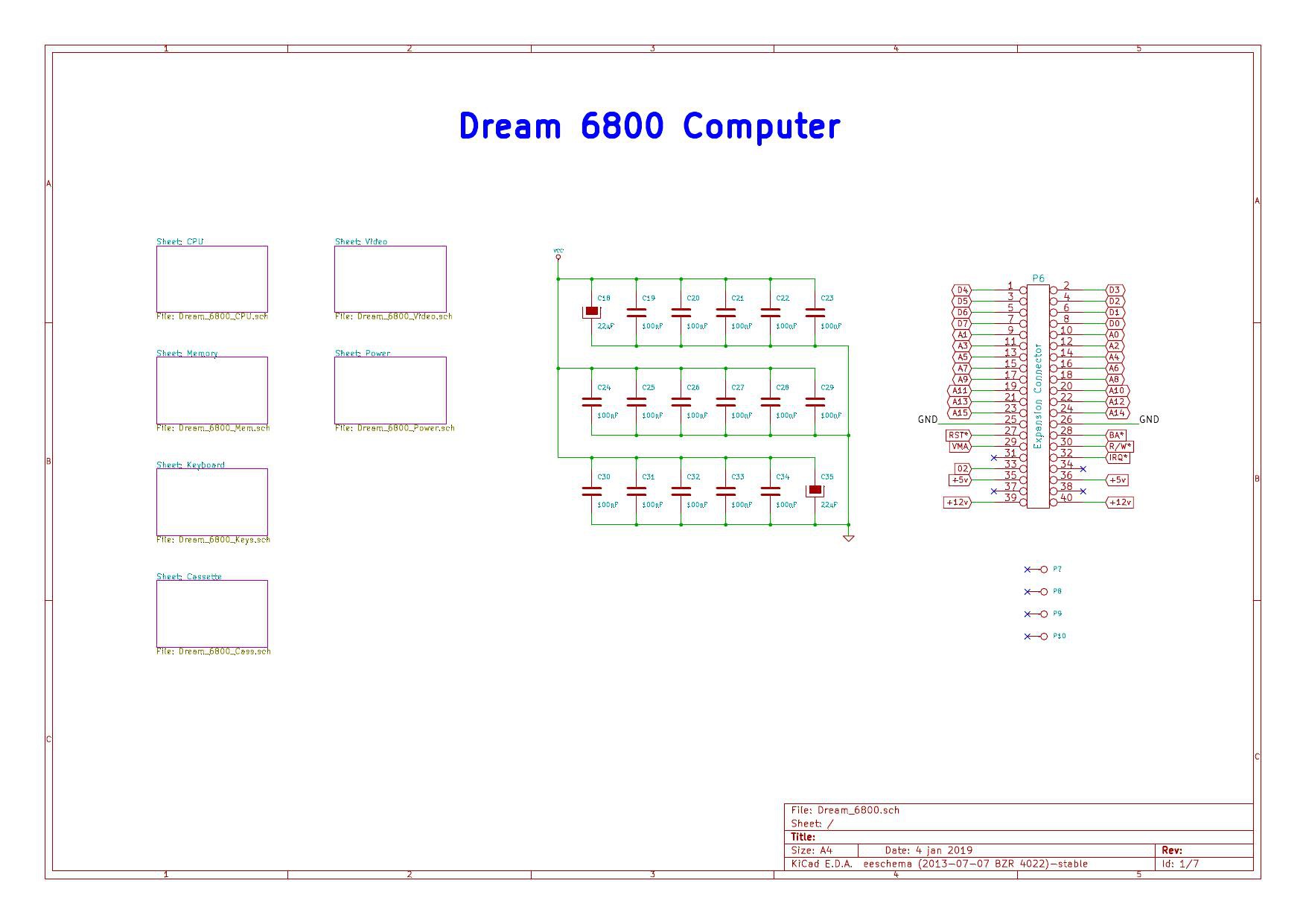
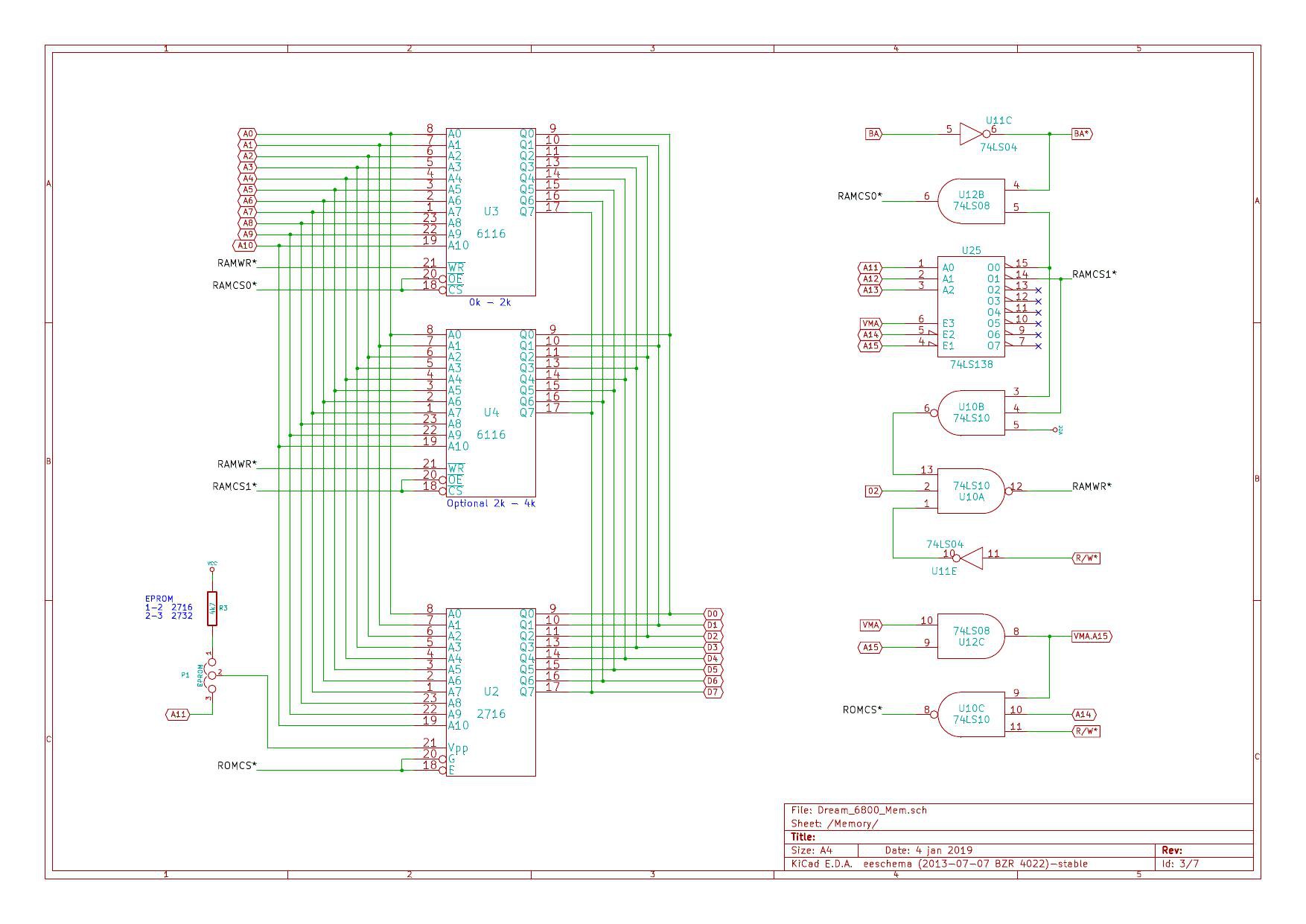
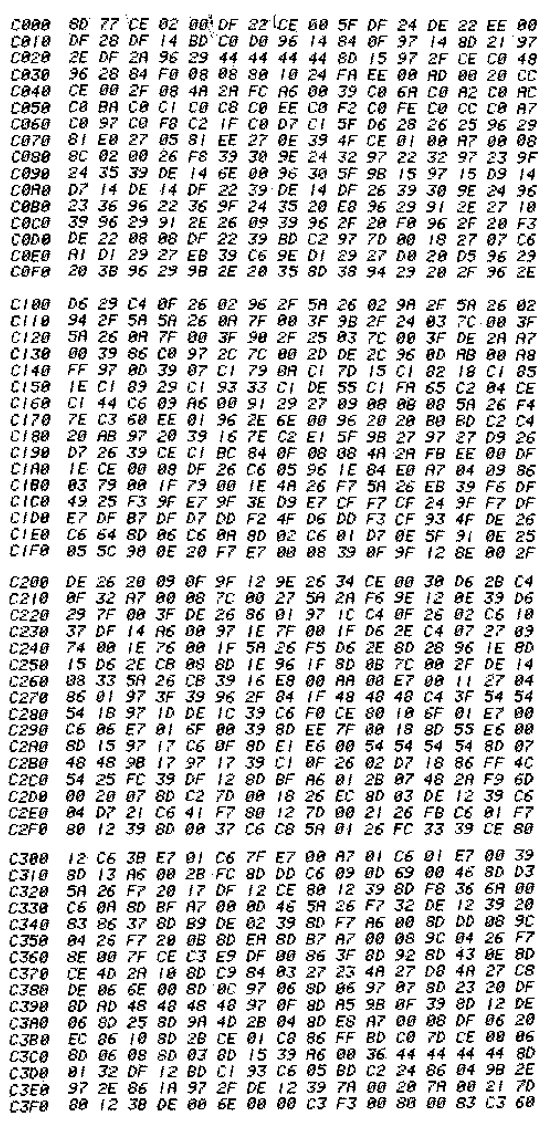




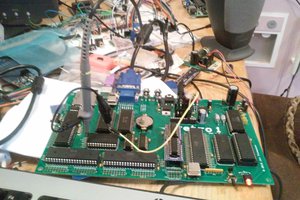
 Jon Thomasson
Jon Thomasson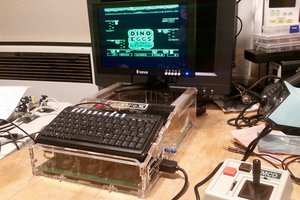


 Jonathan Payne
Jonathan Payne
I have always been interested in building a mechanical Nipkow disk display and it makes since to try to adapt it as a basic computer data display.